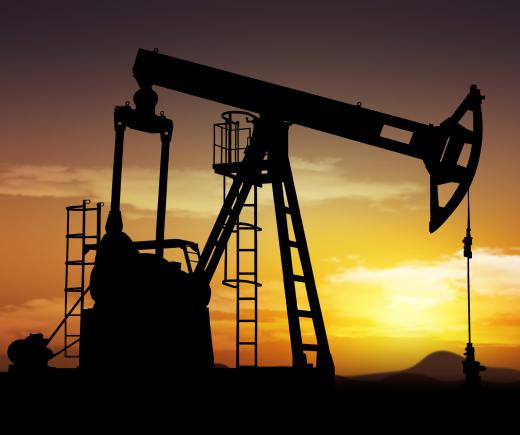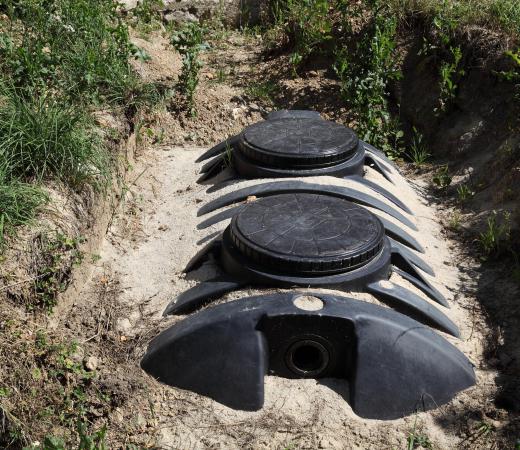An abandoned well is a well which has been drilled and later abandoned, for any number of reasons. Abandoned wells pose a health and safety risk around the world, and are a cause for concern especially in suburban and formerly communities which are converting from the use of water wells to municipal water supplies. Many regions have specific laws pertaining to abandoned wells and how they should be handled, with the goal of reducing the risk of pollution and injuries related to empty wells.
The risk of injury is clear: someone could fall into an abandoned water well and be unable to get out. The fall could injure or kill someone, and unless help is provided quickly, the victim of the fall could die in the well. Especially if an abandoned well is located in a remote area, it can take days to realize that someone has fallen into the well. Abandoned water wells also pose a threat to wildlife for the same reason.

In the case of an abandoned water well, the well can serve as an accumulation site for pollutants, and release these pollutants into the natural environment. These pollutants can include materials leached from septic tanks, which may pose a threat to human health if they enter the groundwater through an abandoned well. Abandoned oil and gas wells can also serve as a source of pollution, and unexpected releases or flares of material could pose a risk to safety and health.

If a well is being temporarily taken out of use, it may simply be capped. Capping involves covering the well so that the contents are not accessible. Ideally the cap should be clearly labeled and routinely checked for any signs of intrusion or damage which could indicate that the cap is about to fail. Capping is also not intended to be a permanent measure, and people can be penalized for failing to deal with an abandoned well appropriately if they leave a well capped for too long.
If a well is truly being abandoned and will not be used again, it must be sealed. The goal of sealing is to restore the conditions which were present in the ground before the well was drilled. Sealing is performed by a licensed well driller, and typically requires a permit from whichever local authority handles the digging and sealing of wells. Sealing must be done with care to avoid injuries and to properly seal the well so that problems with the abandoned well will not emerge in the future.
Ever since she began contributing to the site several years ago, Mary has embraced the exciting challenge of being a About Mechanics researcher and writer. Mary has a liberal arts degree from Goddard College and spends her free time reading, cooking, and exploring the great outdoors.

